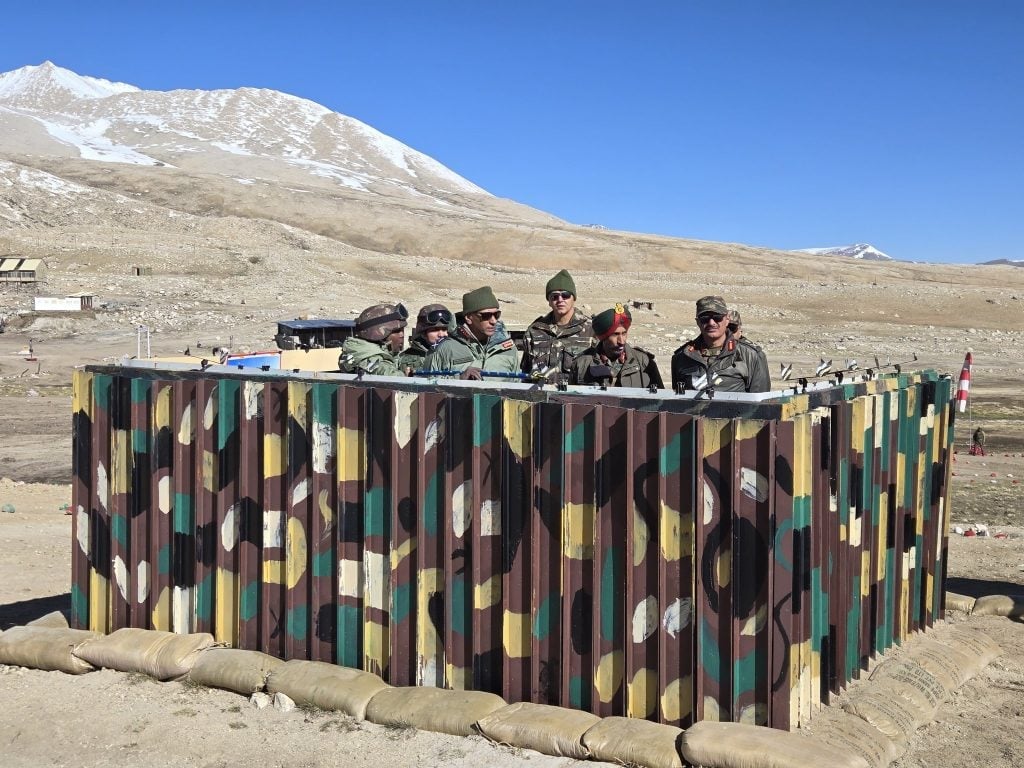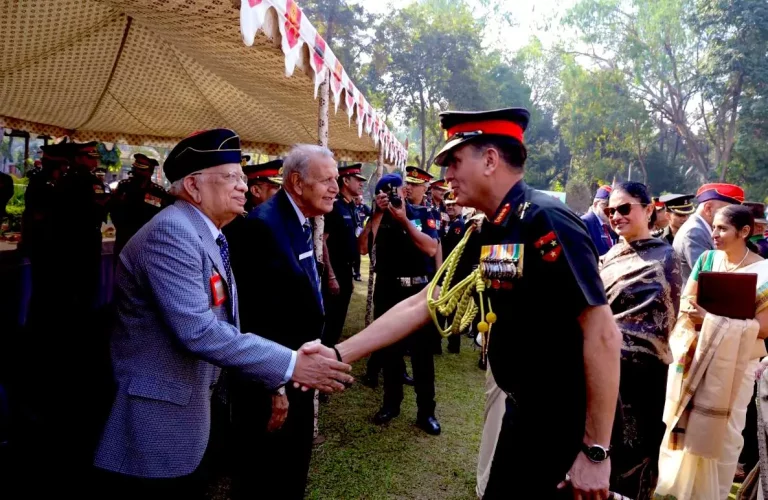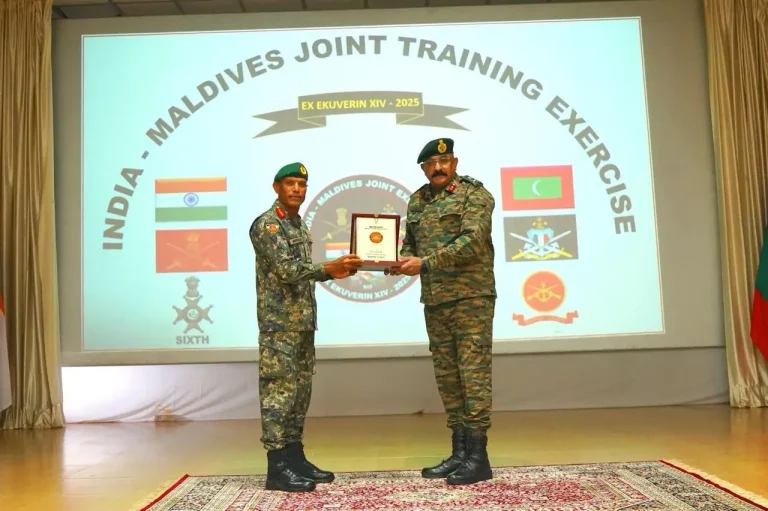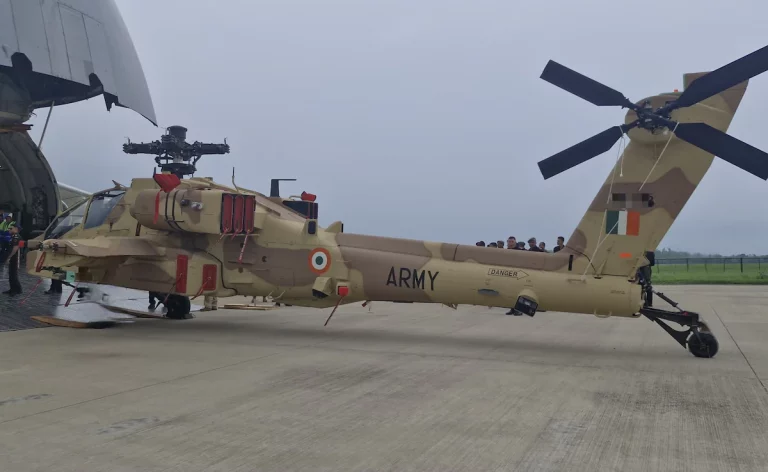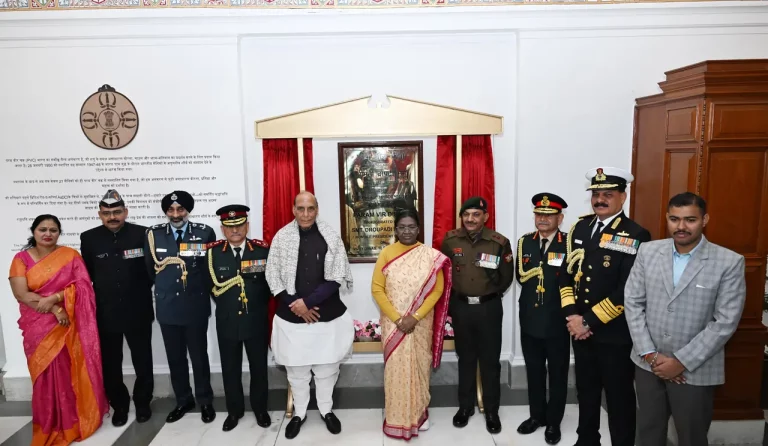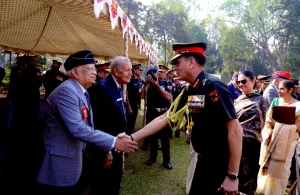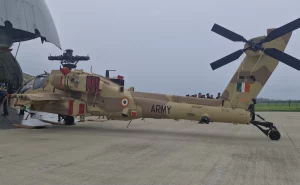In a significant development reflecting India’s intensified commitment to border security, Lieutenant General Pratik Sharma, the Army Commander of the Northern Command, recently assessed the operational readiness of the Fire and Fury Corps stationed along the Line of Actual Control (LAC) in Ladakh. This inspection comes at a crucial time, amid escalating concerns related to ceasefire violations along the Line of Control (LoC) with Pakistan and ongoing tensions with China along the LAC.
During his visit, Lt Gen Sharma engaged with personnel from the Fire and Fury Corps, which is tasked with protecting India’s most strategically sensitive areas, including the Galwan Valley and the Siachen Glacier. His tour included crucial forward positions and high-altitude posts, vital for securing India’s northern boundaries. Given the substantial troop deployments by both India and China in eastern Ladakh since the clashes in Galwan in 2020, the Corps remains on high alert.
In his interactions with the soldiers enduring the challenging terrain, Lt Gen Sharma acknowledged their resilience and professionalism. He commended them for their ongoing efforts and the incorporation of advanced military technologies into their operations. Technologies such as artificial intelligence, autonomous surveillance systems, and cyber warfare capabilities are vital in navigating the complexities of Ladakh’s elevated geography.
The Army Commander emphasized the critical need for continuous vigilance and operational preparedness, particularly in light of the unresolved Sino-Indian border dispute. He pointed out that the dynamic security situation along the LAC, which extends from Ladakh to Arunachal Pradesh, necessitates a state of constant readiness and adaptability among the troops.
Lt Gen Sharma’s visit also underscores the strategic importance of the Northern Command, which oversees India’s entire northern frontier. With approximately 70,000 Chinese troops stationed in the Southern Xinjiang Military District opposite Ladakh and an additional 40,000 in Tibet, the region poses a significant risk of conflict. Although mechanisms for communication, such as military hotlines and routine commander-level meetings, are in place to help mitigate tensions, comprehensive resolutions to territorial disputes remain elusive.
This review by Lt Gen Sharma highlights the Indian Army’s persistent focus on combat readiness and its commitment to safeguarding national interests in Ladakh. As the Fire and Fury Corps continues to lead operations in this pivotal region, India’s military leadership is steadfast in its aim for strategic preparedness, looking to deter any potential aggressions along its northern borders.
